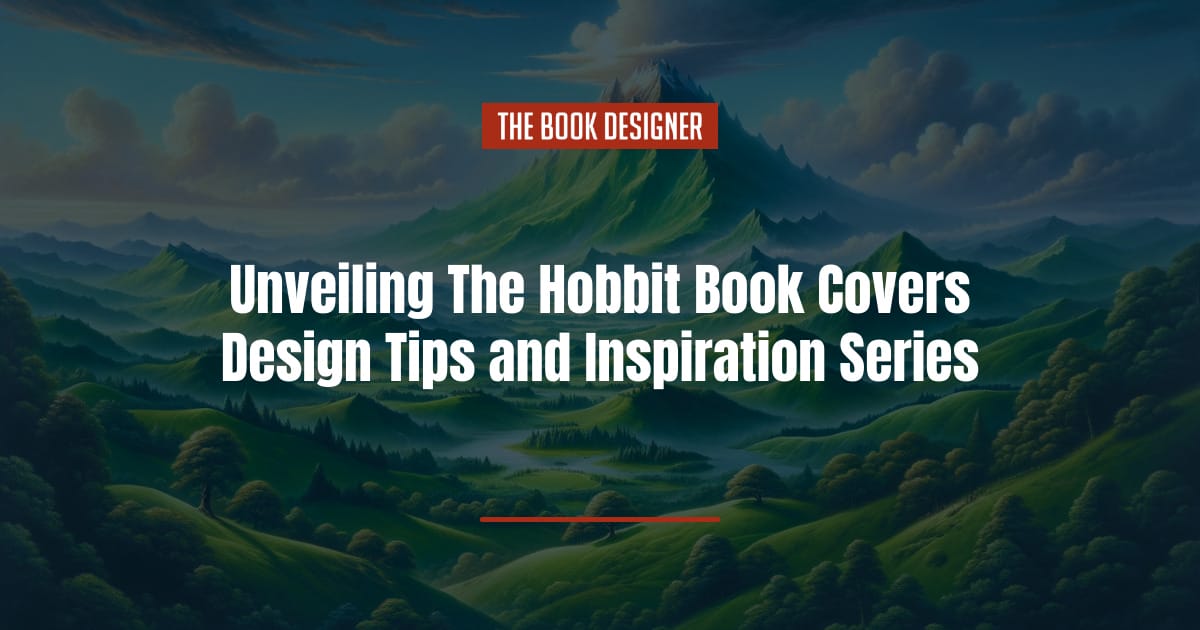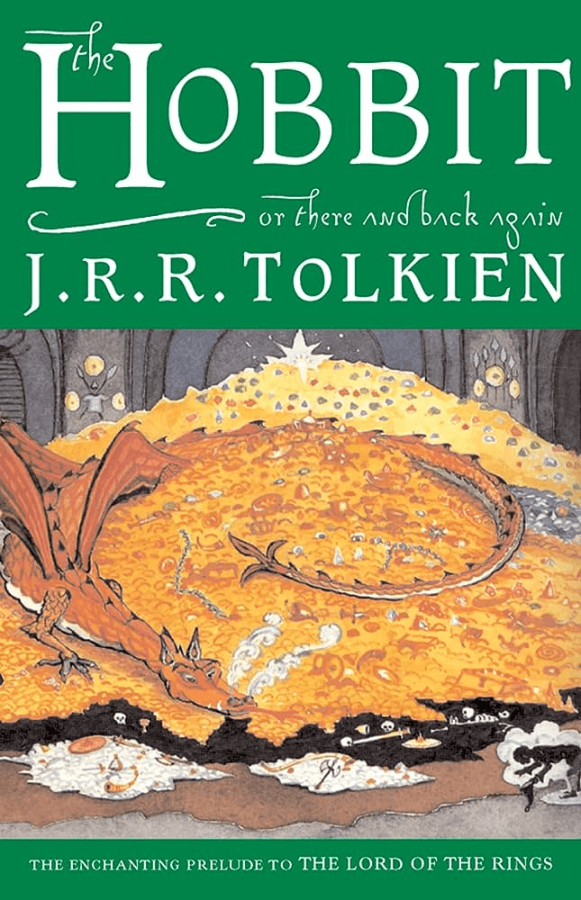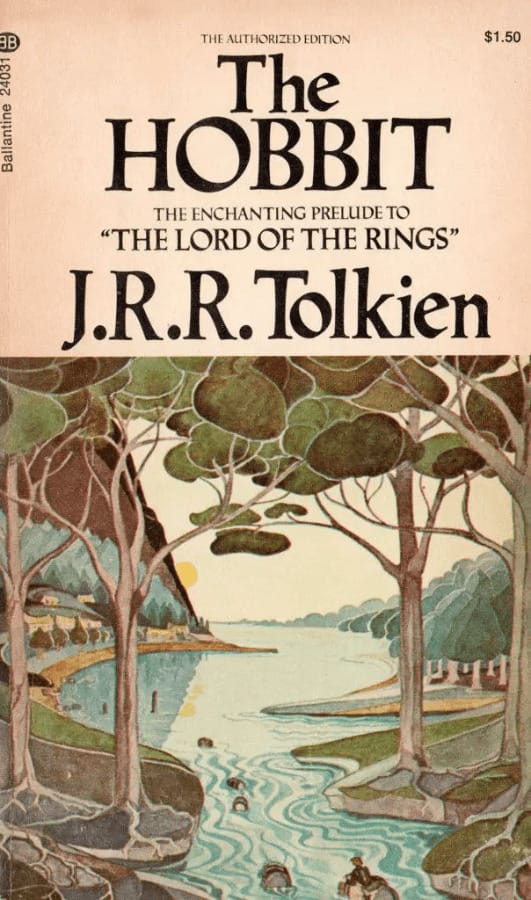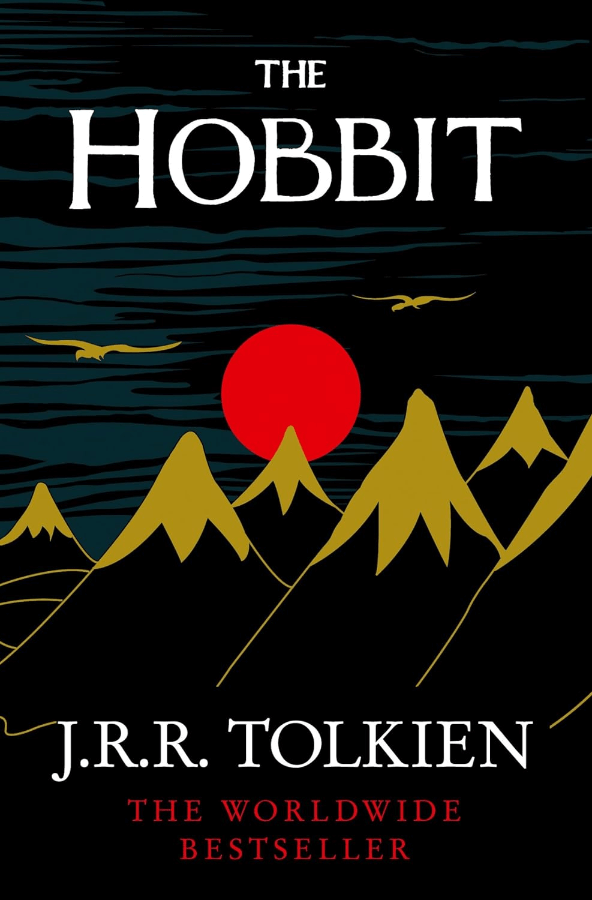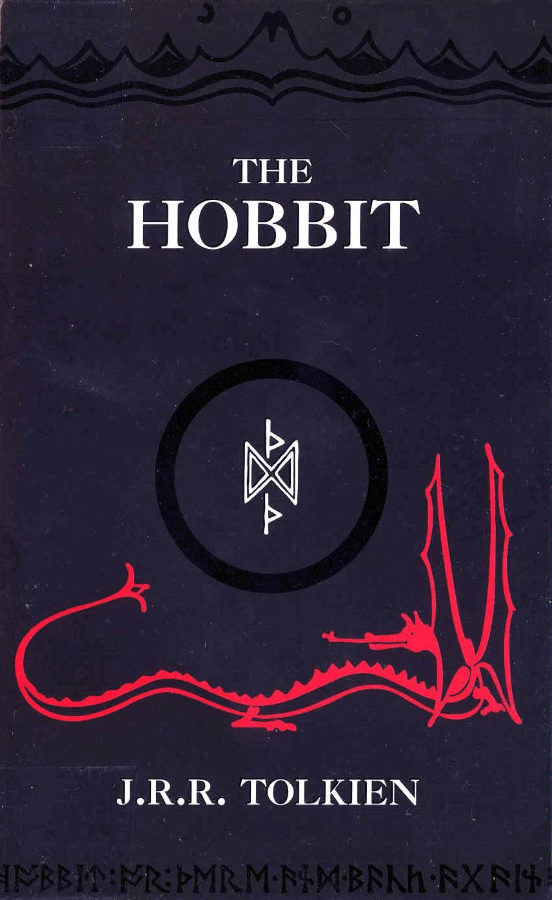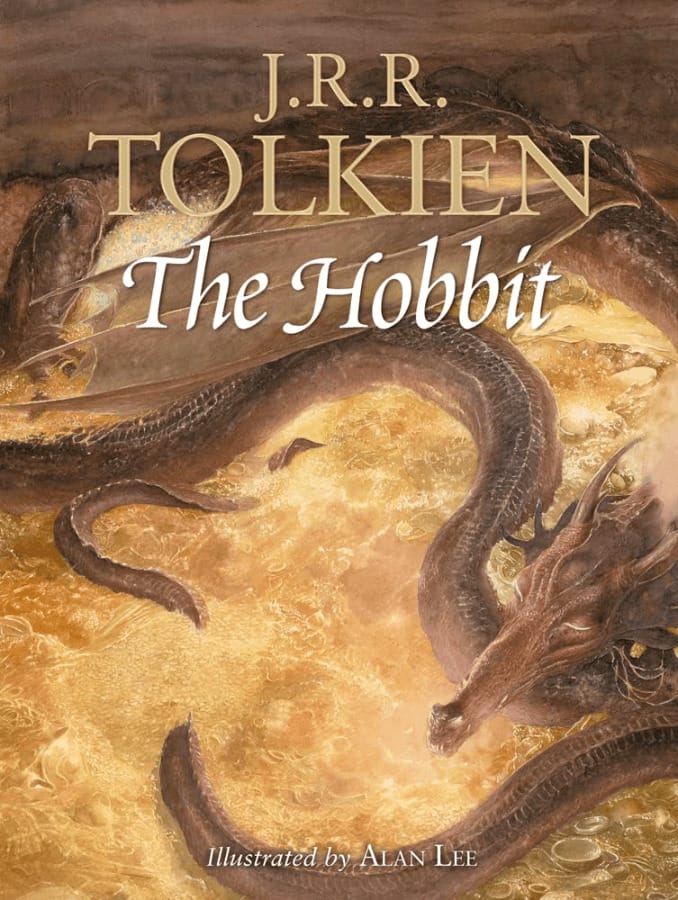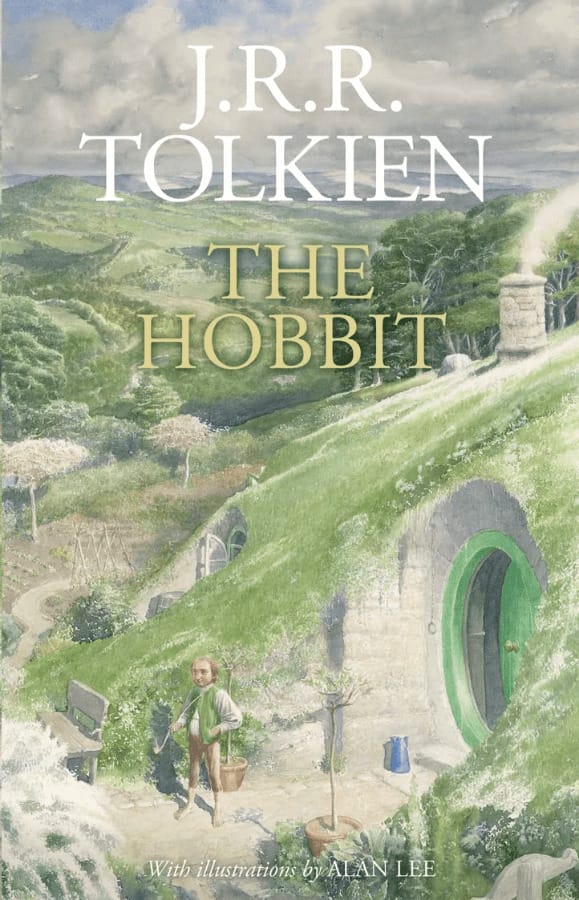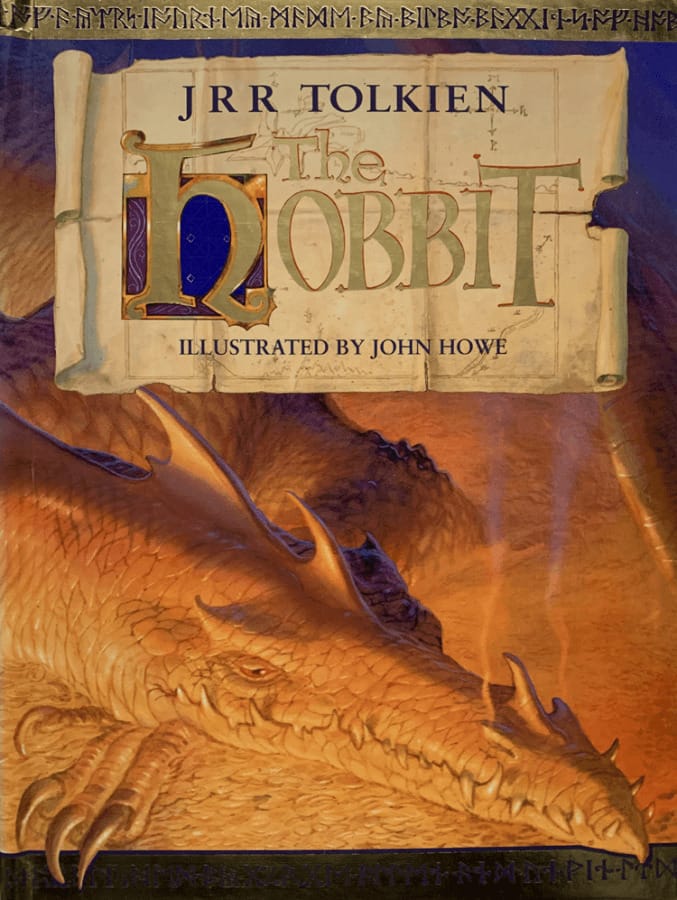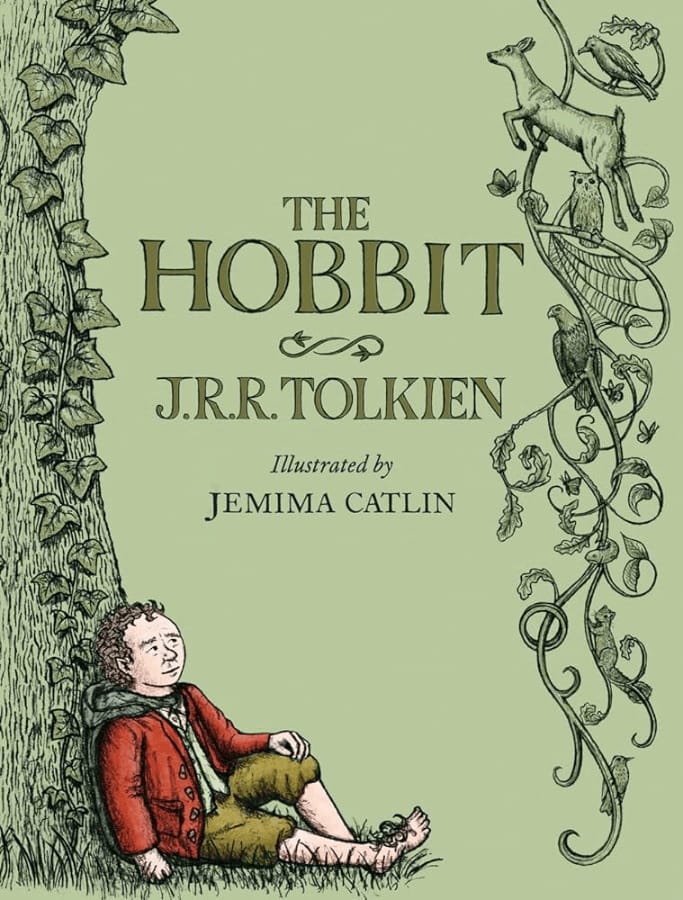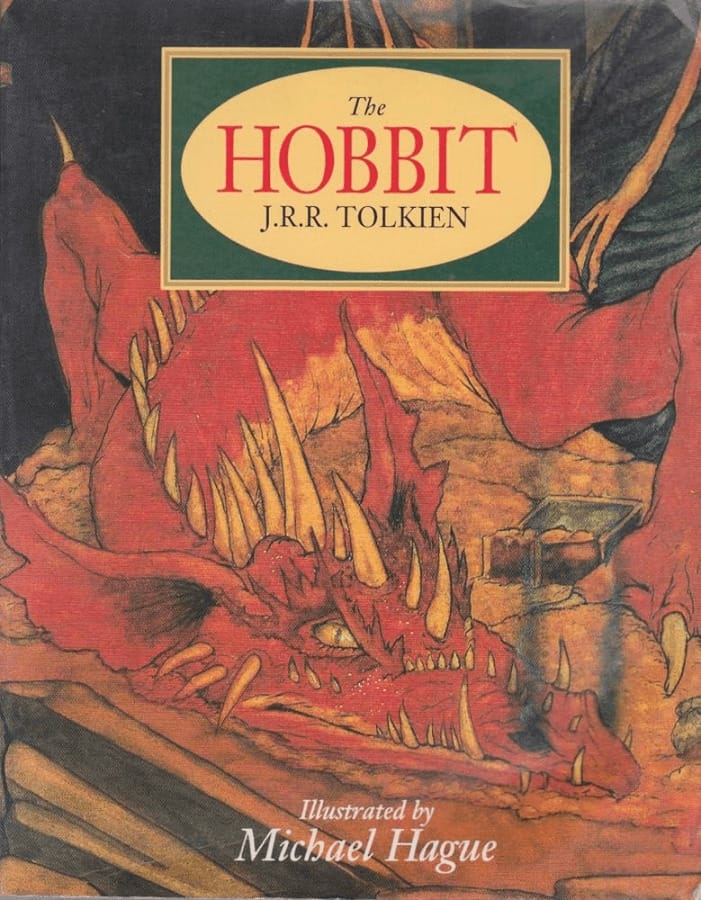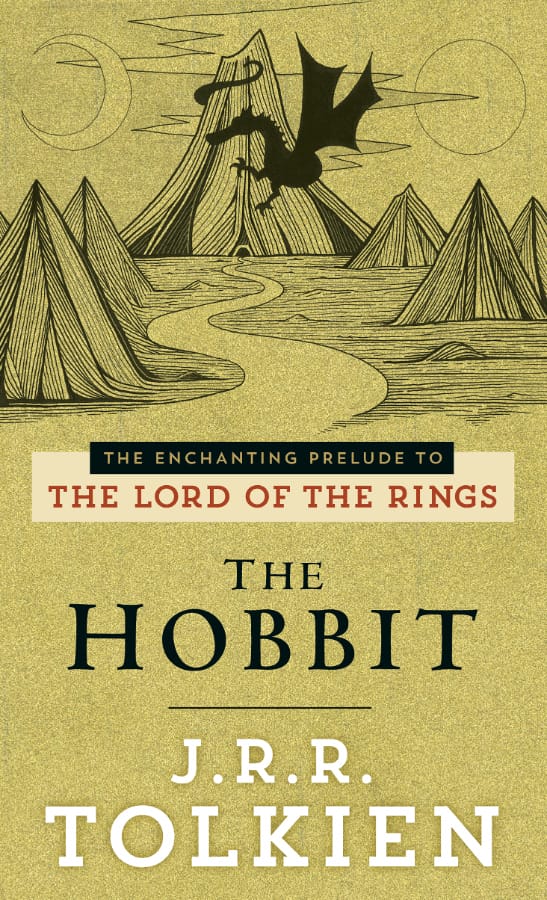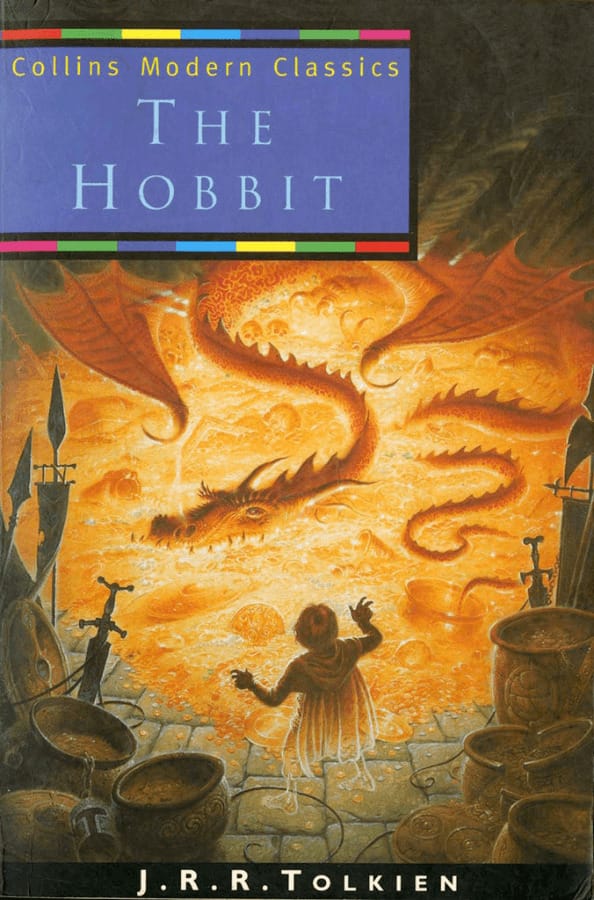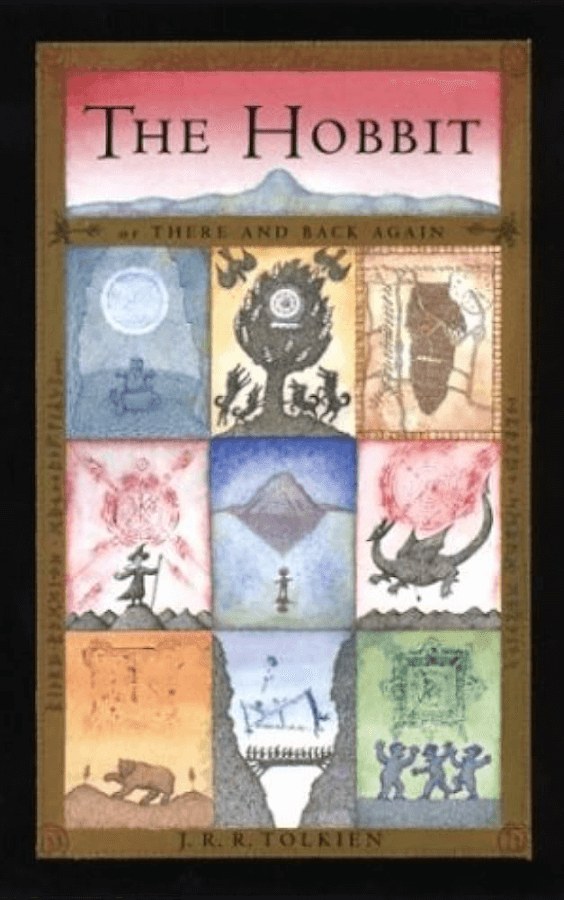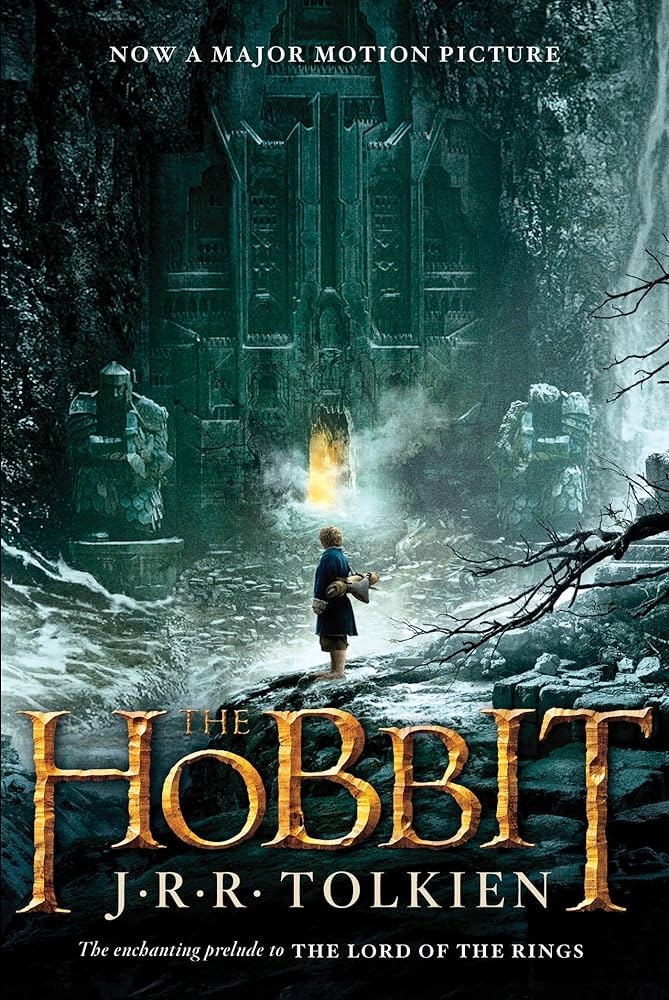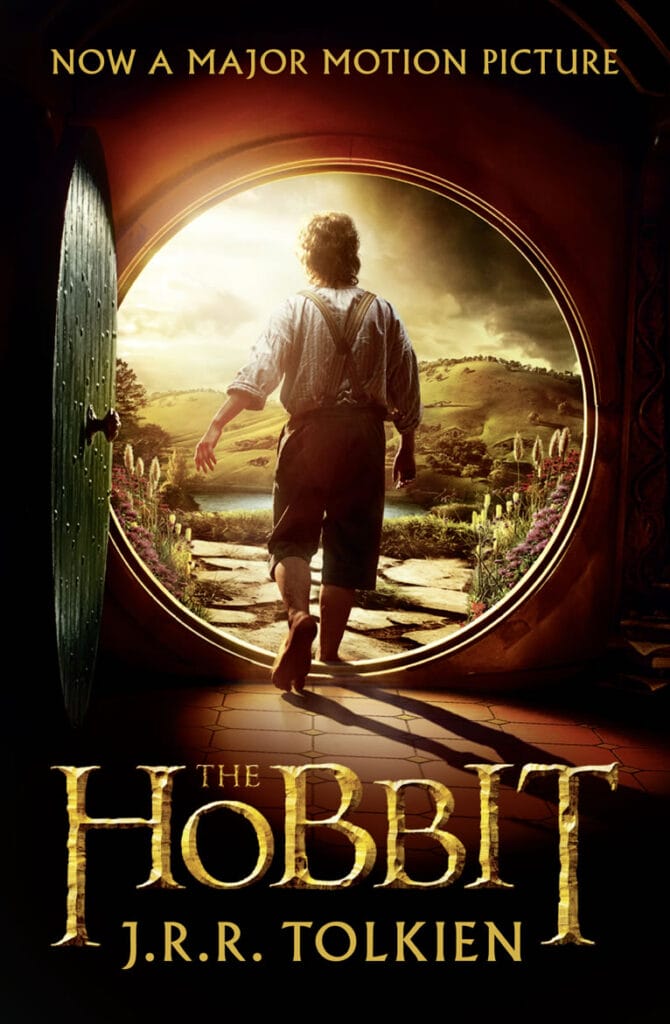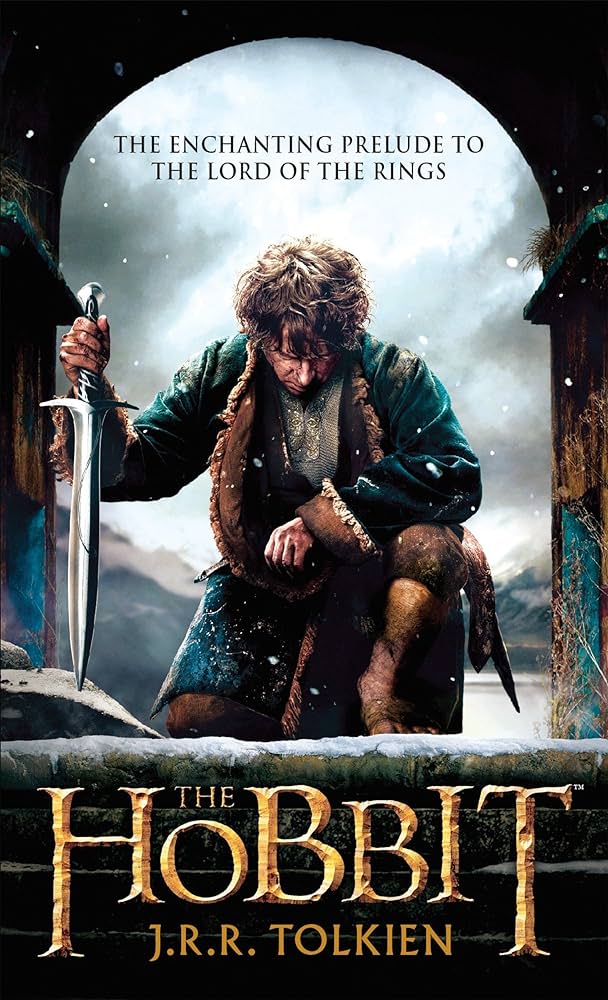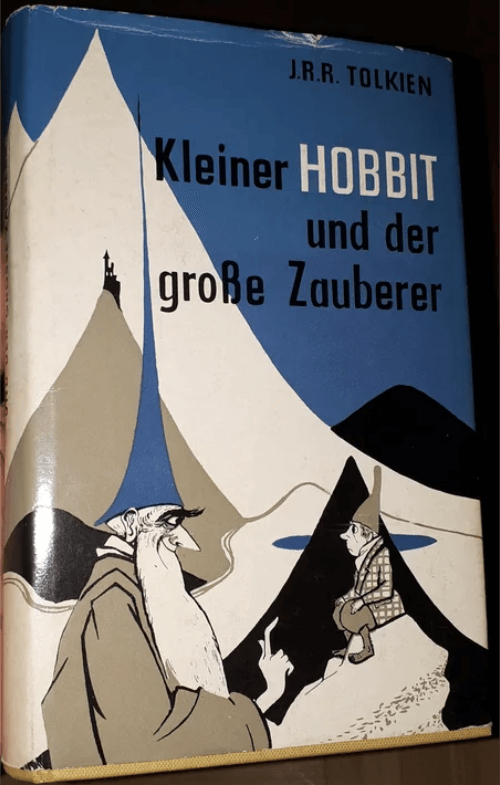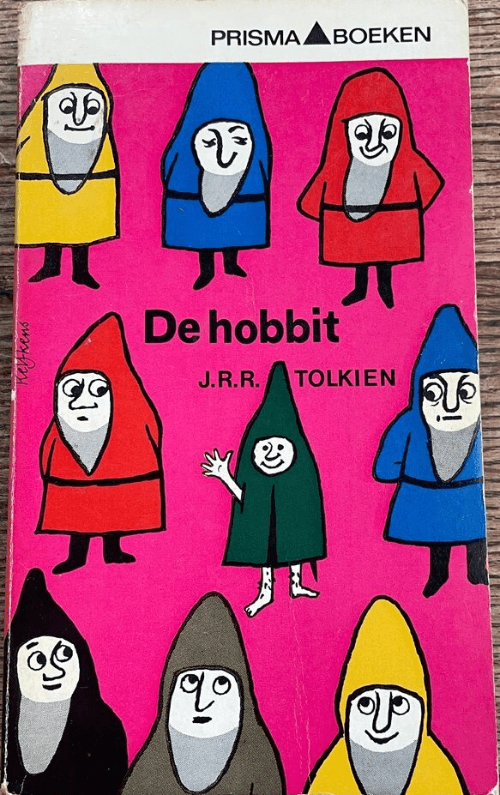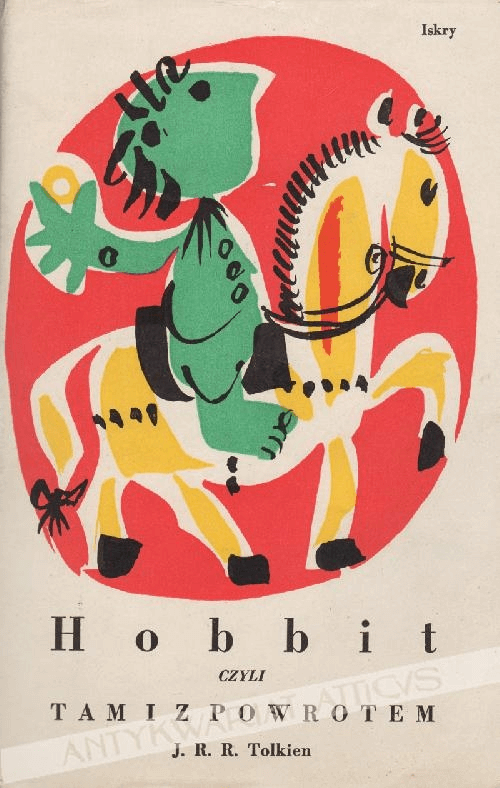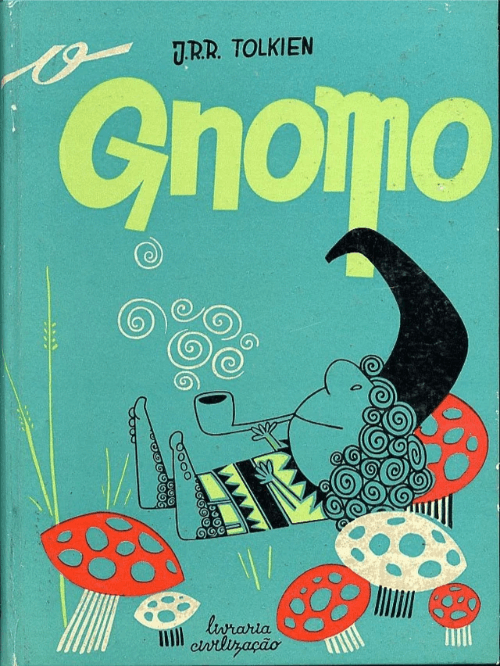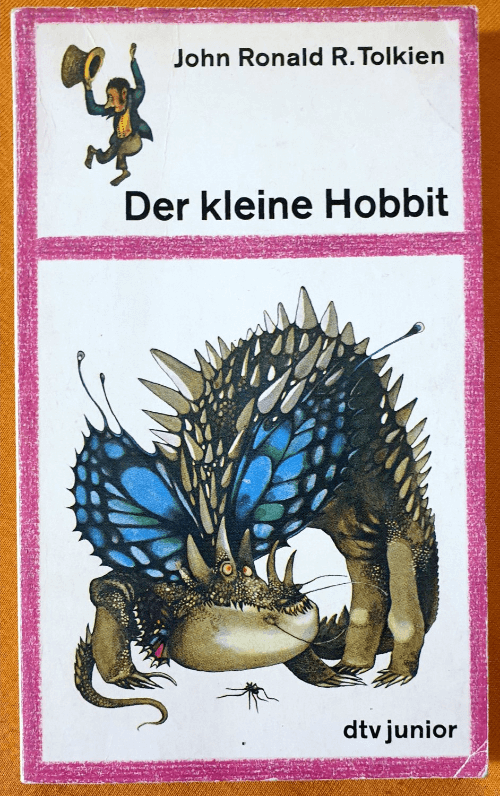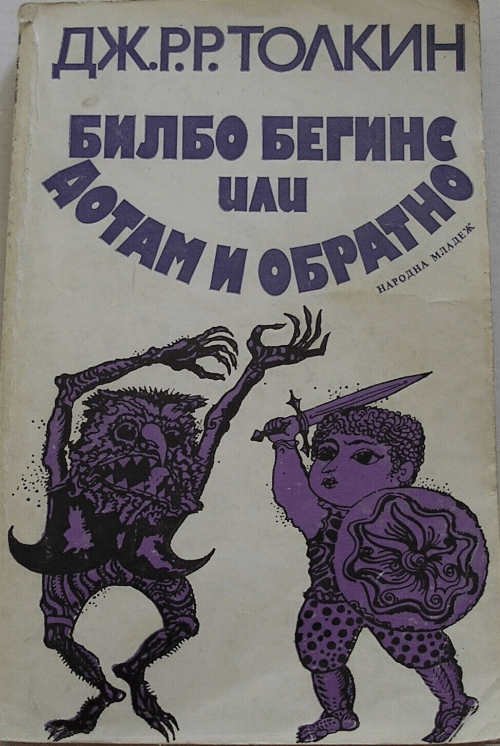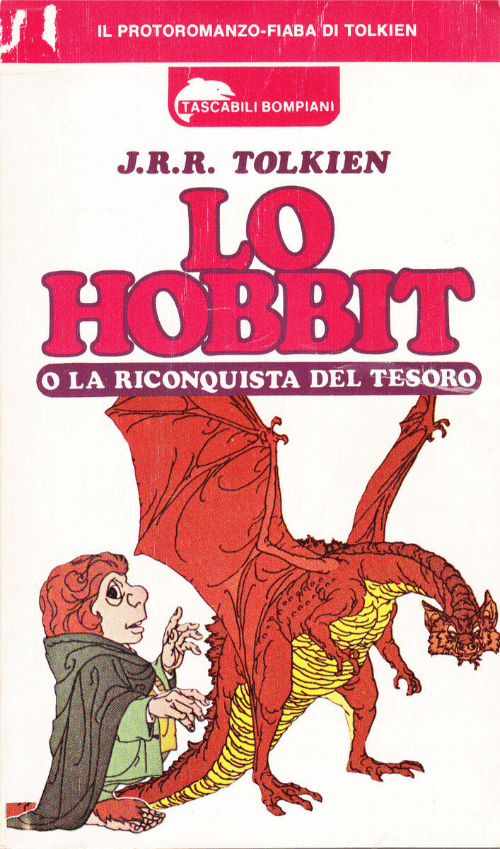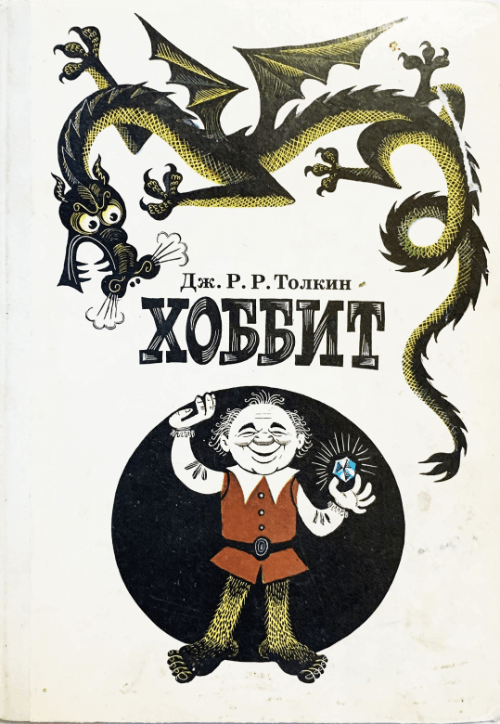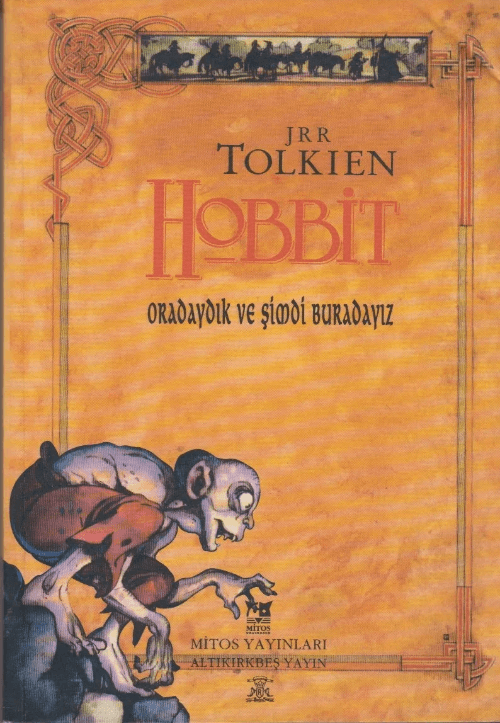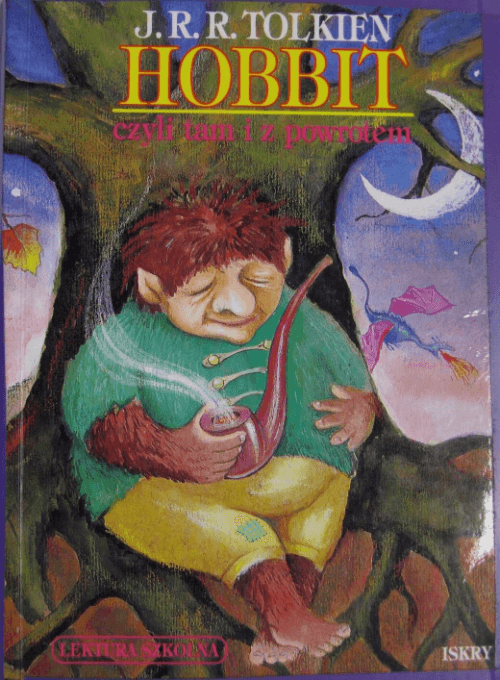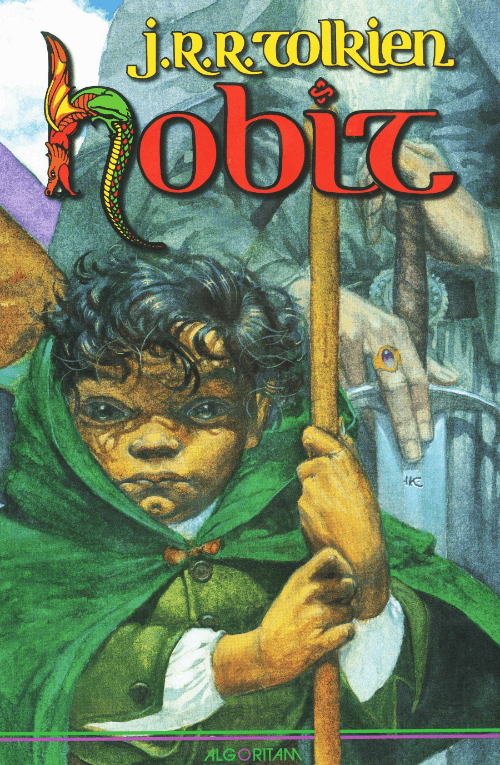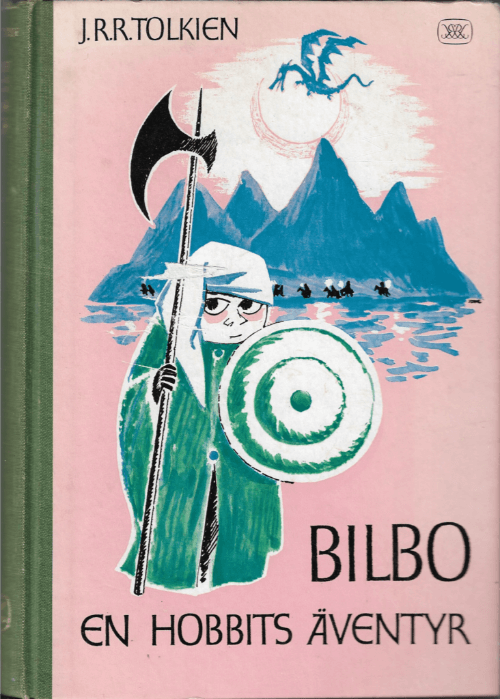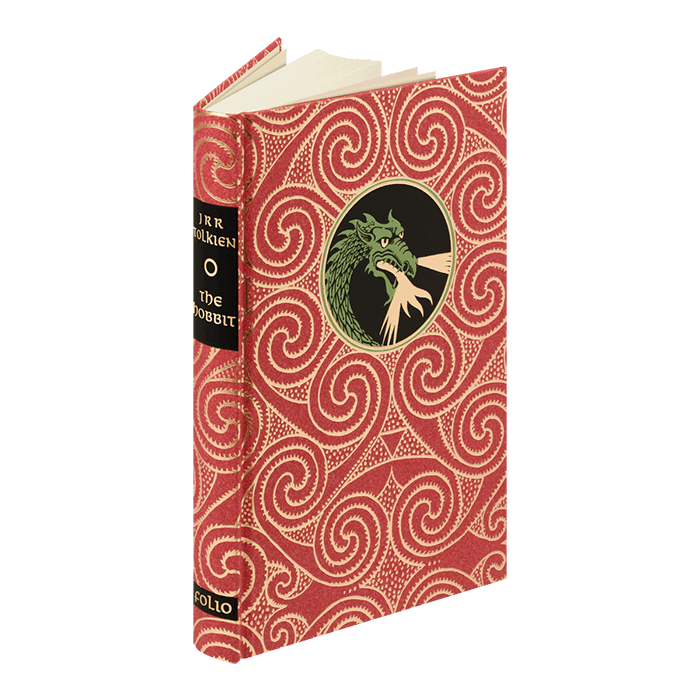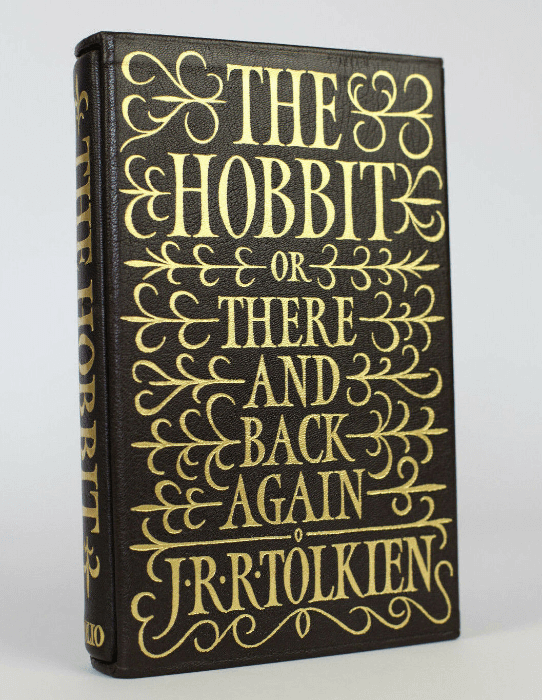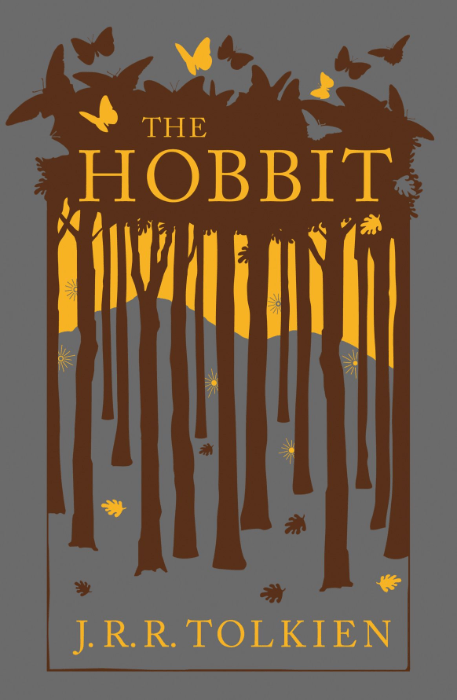Regardless of the edition, The Hobbit book cover has always had a magical allure, drawing readers into the world of Middle-earth even before they turn the first page. The first time I read The Hobbit was long before I became a Tolkien fan. I don’t remember how young I was, but young enough to be so scared by his encounter with Gollum that I couldn’t continue reading. For a children’s book, it was quite scary.
I only finished reading The Hobbit after the first Lord of the Rings movie came out, and I recognized that “Hobbits” and “Bilbo” were things from my childhood. And that’s when I fell in love with it. I read it in several languages and reread it occasionally—it’s always a treat. It might be one of my favorite Tolkien works, on par with The Silmarillion.
I’m not alone in my love for Tolkien’s world and his first published Middle-Earth story. Since the first edition of The Hobbit in 1937, it’s been translated into over 60 languages and published over 1000 times. And still, these fantastic books with their magical covers continue drawing in new generations of readers, and it’s unlikely to stop any time soon. With so many editions, it’s impossible to list all of them.
Let’s look at the most iconic of The Hobbit book covers and the different categories they fall into:
The First Edition and Covers with Tolkien’s Illustrations
The first edition of The Hobbit came with Tolkien’s own black and white sketches, maps, and a colorful dust jacket featuring the Lonely Mountain, also designed by the author. The illustrations were simple and effective, using a limited color scheme to depict Middle Earth landscapes.
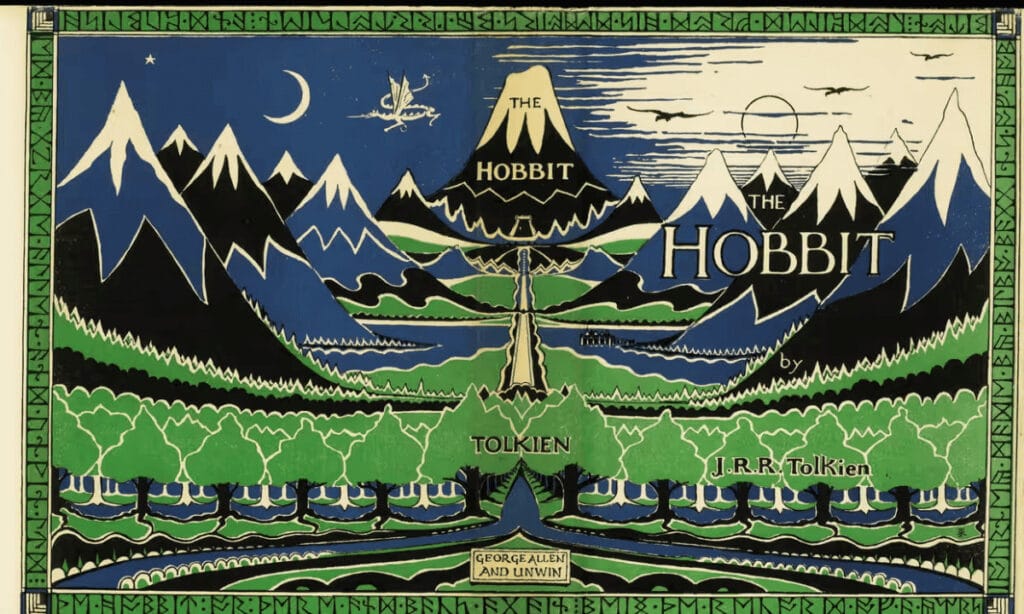
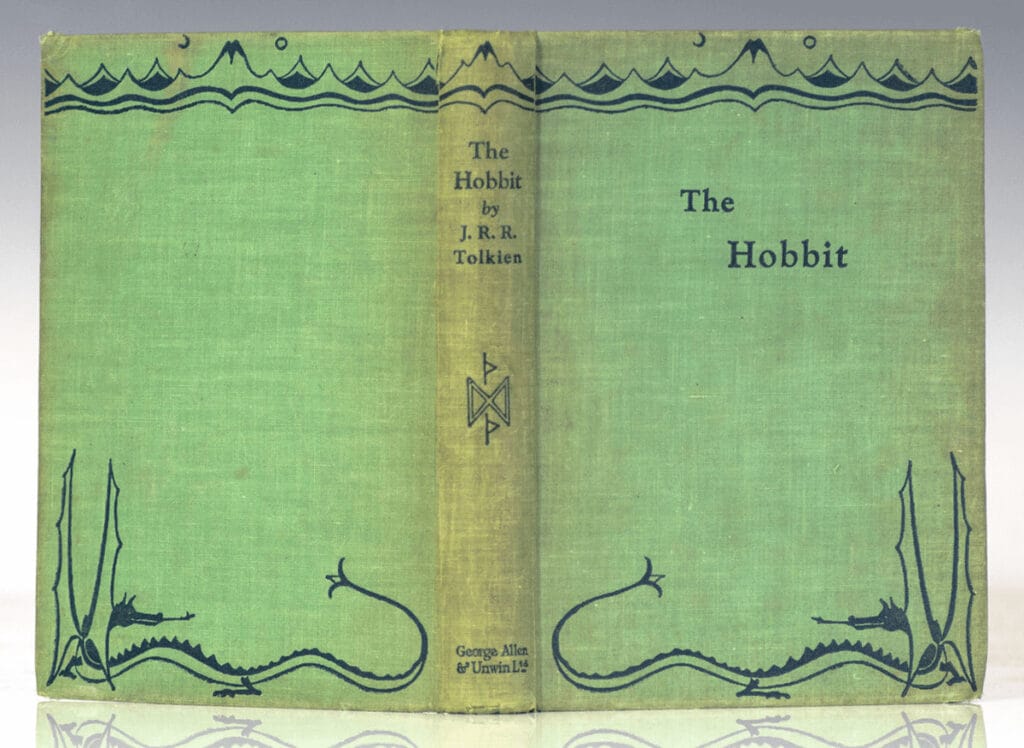
Tolkien saw illustrations as a backdrop, where readers could paint their own mental images, free from specific details. His style was often whimsical, with pastel watercolors and a focus on landscapes rather than characters, except for Smaug.
Many later editions either used his illustrations or drew inspiration from them. There’s a cover with the original Tolkien painting of Bilbo’s barrel ride, a colored sketch of Smaug on his gold hoard. Other covers incorporated elements from Tolkien’s drawings into their minimalist designs. One of these is a famous 75th-anniversary edition—a minimalist cover featuring the mountain range in black from the first dust jacket. Another minimalist cover features a stylized version of a dragon from the original cover art, rendered in a bold and graphic style.
Artistic Visions of Middle-earth
The second category of The Hobbit covers features artwork in a style reminiscent of Tolkien’s original illustrations.
Iconic artists like Alan Lee, John Howe, Ted Nasmith, and recently Jemima Catlin have shaped how we see The Hobbit today. Their work captures the vast, epic landscapes and the intimate moments in the story. Hardcovers often contain illustrations, while the paperback editions only feature cover art and maps.
Other artists are less widely known but bring their own style to Tolkien’s world. Their covers set a new look and design to the world of The Hobbit but still try to follow the original epic illustration style of the author.
The Hobbit Book Covers with Movie Photos
After The Hobbit film trilogy came out, many book covers started using movie photos. While the adaptations received mixed reactions, partially due to the production being rushed and split into three parts, they remain relatively popular. These covers help readers who liked the movies recognize the book. Using movie-based covers helped the publishers tap into the new fanbase established by films.
Eccentric Book Covers for The Hobbit
Some of The Hobbit book covers go in a completely different artistic direction than what Tolkien had in mind. These covers are often found in international editions of the book, where various art styles are used. This diversity is largely due to different cultural traditions and the illustrators’ aim to make the story relatable to local readers.
For example, Tove Jansson, known for her Moomin characters, created illustrations for the Swedish and Finnish versions of The Hobbit. Her expressive artwork, including a tall Gollum, received praise from reviewers and Tolkien fans.
With the exception of the movie tie-in covers, The Hobbit covers never went through a realistic stage in any country, except for the edition that became infamous among fans for its uniqueness. Fans often joke that this is their favorite cover art:
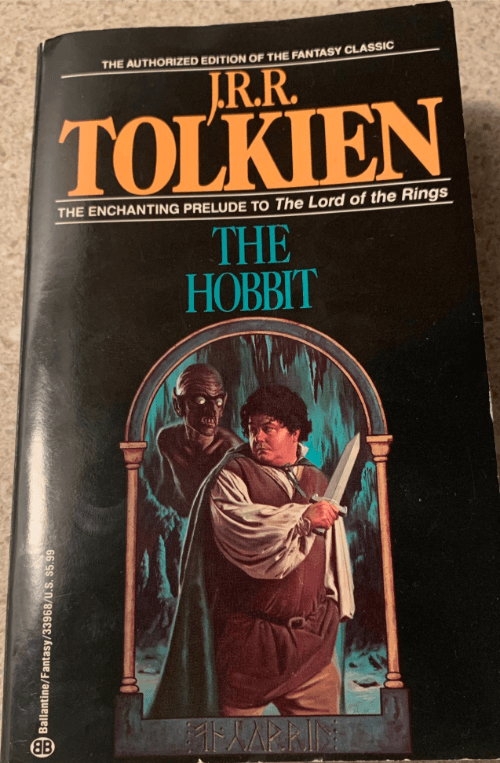
Tolkien wasn’t a fan of cover art that strayed too far from his vision of Middle-earth, but he acknowledged some positive aspects in these different interpretations. Despite his reservations, these unconventional covers have made their mark on the legacy of The Hobbit.
Special Edition Book Covers
When it comes to special editions of The Hobbit, the magic is in the simplicity and quality. These books are more than just for reading—they’re keepsakes. Most have a minimalistic cover, with just a few key images like mountains or dragons that tell you immediately what the story is about. They’re made to last with sturdy hardcovers and sometimes come with fancy touches like leather or gold embossed lettering.
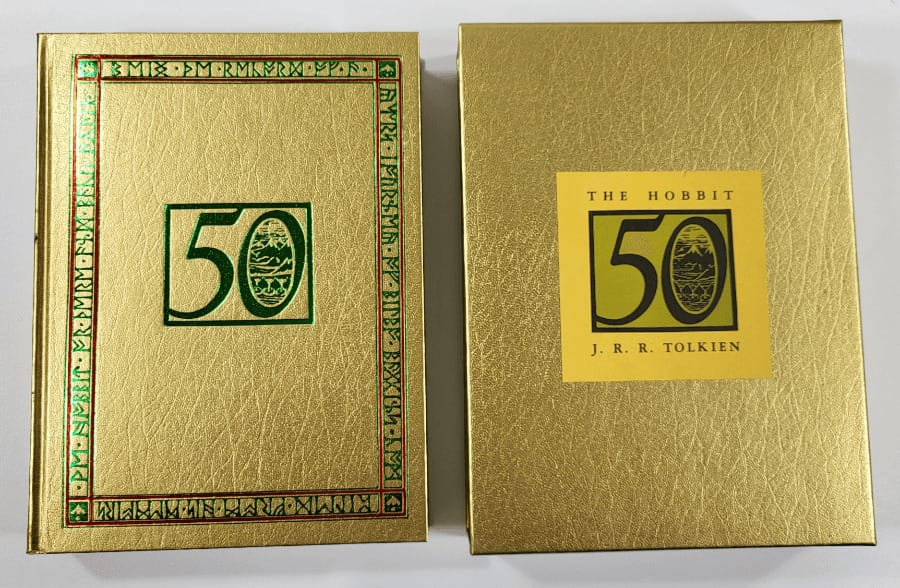
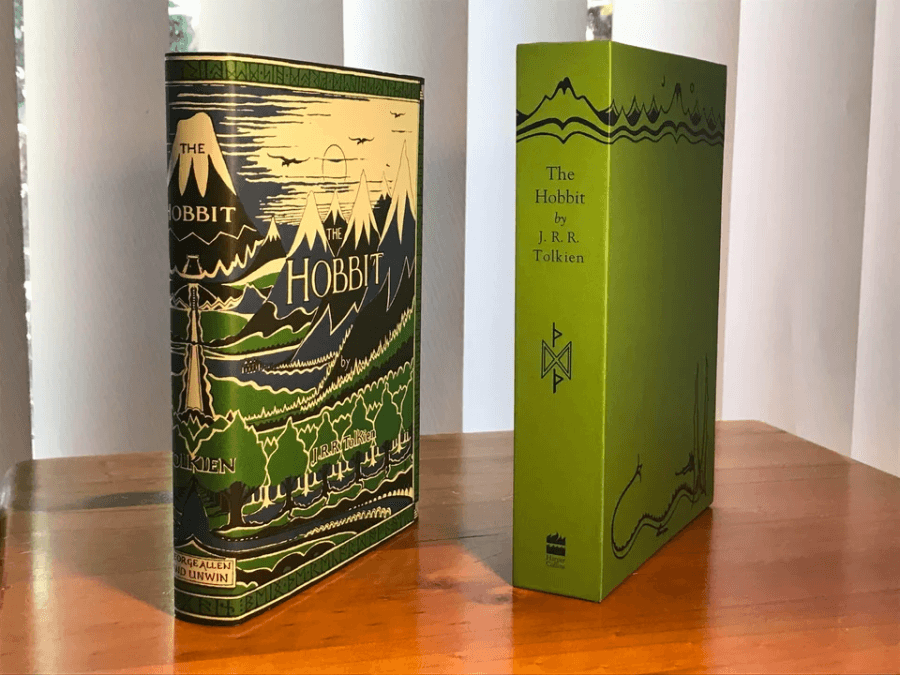
Inside, it’s a different story. The pages are often filled with colorful drawings, sometimes the very pictures Tolkien himself drew. Other times, they’re done by artists who get the feel of Tolkien’s world, even if they do it in their own way. These special editions are usually released to mark big anniversaries, adding to their special status.
Insights from The Hobbit Book Covers
J.R.R. Tolkien’s artwork on The Hobbit book covers set the tone for Middle-earth. His unique drawings created a magical atmosphere that many artists aspired to capture afterward. If you’re writing a book, don’t be afraid to add your own creative touch to the cover. Your personal ideas could be just the thing to make your book stand out and give readers a real feel for the story inside.
Then, there’s the fascinating world of international editions. These covers often use unusual and eye-catching artwork to make the book stand out. But it’s not just about being different; these unique designs make the book more relatable to people in different parts of the world. Consider a unique design for your book cover to attract more readers and stand out. It’s a way to show that your story has something for everyone, no matter where they’re from.
Finally, many of The Hobbit book covers are a great example of the “less is more” approach. They tend to be minimalistic, but that simplicity makes them classy, not cheap or overdone. A touch of magic in a simple design can speak volumes. This minimalistic style can make a book cover feel elegant and timeless. When designing a cover, think about how a few well-chosen elements can tell your story in a subtle yet powerful way. Sometimes, you just need a little bit of magic to make a big impact.


